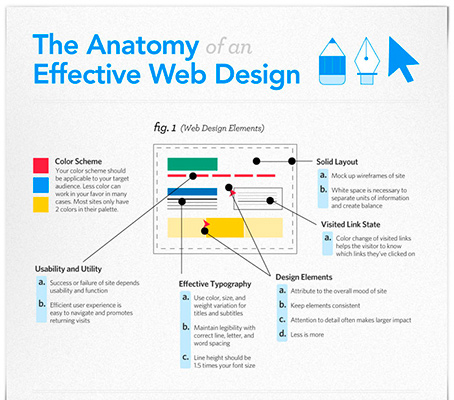Interested In Finding Out Exactly How Web Site Layout Has Transformed Over The Years? Explore The Journey
Interested In Finding Out Exactly How Web Site Layout Has Transformed Over The Years? Explore The Journey
Blog Article
Authored By-Booker Peters
In the past, websites were easy and focused on info. Navigating was direct, and layout was for desktops. Currently, individual experience is essential. Information overviews designs for simple navigation. Receptive designs suit different tools. Today, dark mode reduces strain, and minimalist menus improve navigating. Interactive attributes engage users, and vibrant visuals stand apart. AI combination enhances interaction. See just how style has advanced to improve your on the internet journey.
Early Days of Website Design
In the early days of website design, simplicity preponderated. Websites were fundamental, with limited colors, typefaces, and designs. https://www.searchenginejournal.com/local-seo-content-strategy/431651/ was on giving information as opposed to showy visuals. Users accessed the net via slow-moving dial-up connections, so rate and capability were crucial.
Navigating menus were straightforward, usually situated at the top or side of the page. Sites were created for desktop computers, as mobile surfing wasn't yet prevalent. Material was king, and designers focused on simple readability over intricate style elements.
HTML was the primary coding language utilized, and designers had to work within its restrictions. Computer animations and interactive functions were minimal compared to today's requirements. Internet sites were static, with little dynamic material or customized individual experiences.
Rise of User-Focused Design
With the advancement of web site design, a change towards user-focused layout concepts has ended up being significantly famous. Today, developing websites that prioritize customer experience is essential for involving visitors and attaining business objectives. User-focused design involves understanding the requirements, choices, and behaviors of your target market to customize the internet site's design, content, and includes accordingly.
Designers currently conduct thorough research, such as customer studies and functionality screening, to gather understandings and feedback straight from users. This data-driven approach helps in developing instinctive navigating, clear calls-to-action, and aesthetically attractive user interfaces that resonate with site visitors. By positioning the customer at the facility of the style procedure, sites can deliver a much more customized and satisfying experience.
Receptive layout has actually additionally become a vital element of user-focused design, making sure that websites are optimized for various tools and screen sizes. This flexibility boosts availability and use, accommodating the diverse methods individuals connect with websites today. Basically, the increase of user-focused style indicates a change in the direction of developing digital experiences that focus on the requirements and expectations of the end individual.
Modern Trends in Website Design
Explore the latest trends forming website design today. One popular fad is dark setting layout, offering a smooth and modern-day look while decreasing eye stress in low-light atmospheres. One more essential pattern is minimal navigating, streamlining menus and enhancing user experience by focusing on essential elements. Integrating micro-interactions, such as computer animated buttons or scrolling results, can create a more appealing and interactive internet site. Receptive layout stays essential, making certain seamless user experiences throughout various devices. Furthermore, making use of strong typography and asymmetrical designs can add aesthetic rate of interest and draw attention to details content.
Integrating AI modern technology, like chatbots for client assistance or tailored recommendations, improves individual interaction and enhances procedures. Access has also end up being a significant fad, with designers prioritizing comprehensive design methods to cater to varied user demands. Embracing sustainability by optimizing web site performance for rate and effectiveness is one more emerging fad in website design. Collaborating with individual comments and data analytics to repeat and boost style constantly is important for remaining pertinent in the ever-evolving digital landscape. By accepting these contemporary patterns, you can create a visually appealing, easy to use internet site that resonates with your target market.
Conclusion
As you reflect on the evolution of website style from the very early days to now, you can see exactly how user-focused design has actually ended up being the driving force behind modern patterns.
Accept the journey of change and adaptation in web design, constantly maintaining the user experience at the center.
Stay present with the latest trends and innovations, and never quit developing your technique to produce aesthetically magnificent and straightforward sites.
Develop, adjust, and develop - the future of web design is in your hands.
